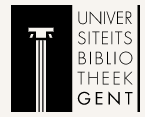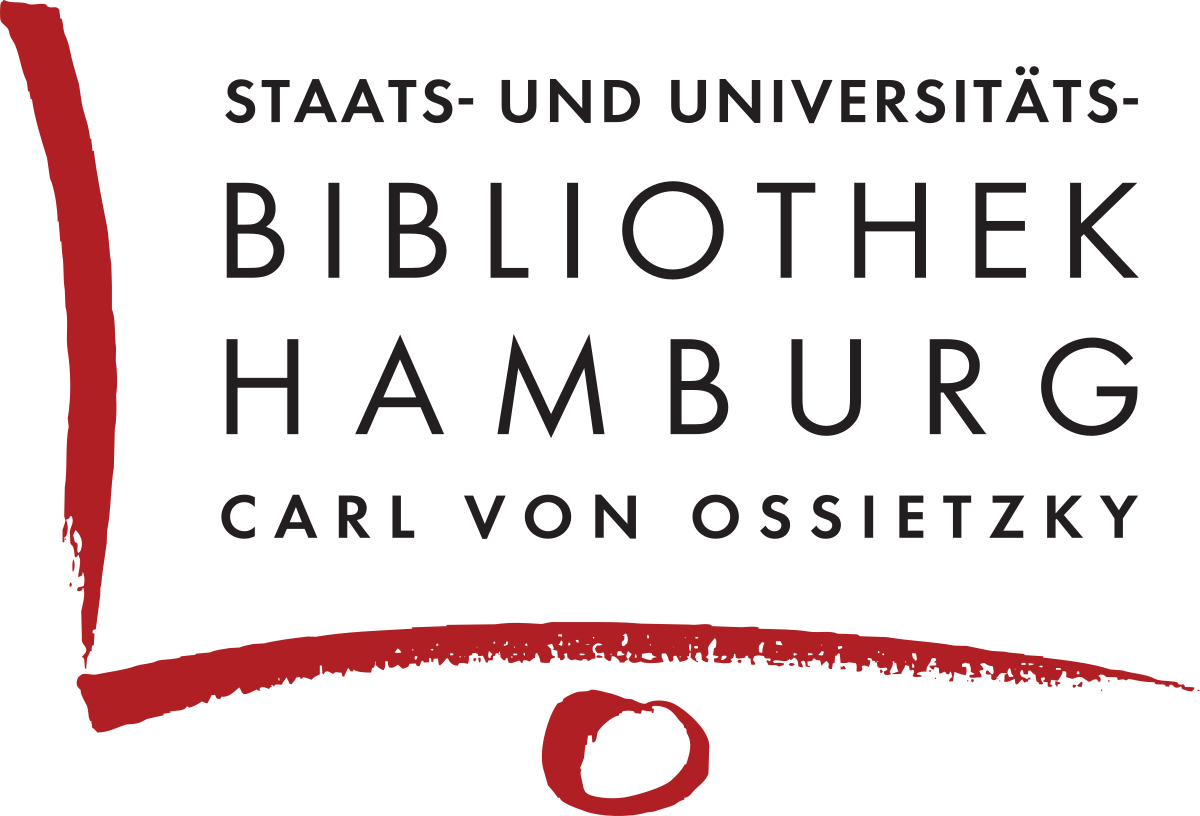The Artistic Transformation of Plato's ,,Cave Myth” in the Chronicles of Narnia by Clive Lewis
DOI:
https://doi.org/10.61671/hos.5.2022.4078Keywords:
Narnia, Archetypes, The Myth of Plato's Cave, The Idea ofAbstract
The classic works in the fantasy genre of C.S. Lewis’ ,,The Chronicles of Narnia" follow the mythological tradition with all their archetypal and mythological arsenal. The Chronicles are another unique version of cosmogonic myths, which are reworked and, therefore, go far beyond the mythical idea of cosmogony. According to the myth-archetypal embroidery, the Chronicles also begin the post-cosmogonic era of the ,,Golden Age“ (Crete-Yuga), which continues with successive regressive yugas and ends with the end of the eschatological world.
In the Chronicles of Narnia by Clive Lewis, we find not only mythological and religious archetypes and paradigms, but also the influence of philosophers on them. The philosophy of Plato, his world of ideas, and the myth of the cave deserve special attention.
Lewis' fiction is saturated with platonic elements. This is most evident in The Last Battle, where Narnia, described in the previous six chapters, differs from Narnia in ,,The Last Battle“.
Plato's influence is evident in Lewis's Chronicles of Narnia. Knowledge of the works of Plato and a great interest in him is visible in the texts of Lewis. It is also evident that Plato's ideas merged with his own and were viewed in mythological, Christian, and philosophical terms. Some elements of Christian Platonism in Lewis' fiction are easily recognizable, while some of them are so embedded in Lewis's theology that their Greek origins are almost indistinguishable or difficult to understand.
Lewis's vision of the sky, conveyed in the final battle, the disappearance of old Narnia and the creation of a new, real heavenly Narnia that we did not know before, corresponds to the idea of "form" and "copy". Narnia, in which children traveled and constantly had to free themselves from enemies or witches, turns out to be a copy, imaginary, in contrast to the real, eternal Narnia.
Both, Plato, and Lewis both believed in an immutable world of ideas that included eternal, objective, and ethnic standards. They also concluded that this current, transitory world is a shadow of a more realworld outside of it.
Lewis's ,,Last battle“ is syncretic. The events reflected in it clearly show the influence of Christian eschatology, Scandinavian mythology, and Greek philosophy.
Downloads
Downloads
Published
How to Cite
Issue
Section
License

This work is licensed under a Creative Commons Attribution-ShareAlike 4.0 International License.


































